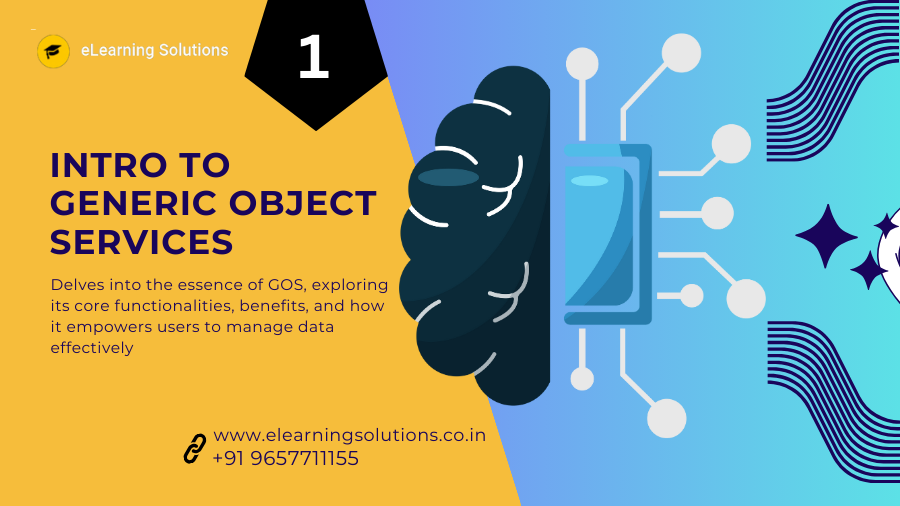Simplifying Data Management: Power of Generic Object Services (GOS)
In the dynamic world of SAP, efficient data management is paramount. Enter Generic Object Services (GOS), a suite of functionalities seamlessly integrated within various SAP applications. This blog delves into the essence of GOS, exploring its core functionalities, benefits, and how it empowers users to manage data effectively.
GOS: Definition and Overview
GOS refers to a collection of standardized tools available within diverse SAP modules. These tools provide functionalities for managing electronic documents, linking objects, and maintaining version control – all without the need for complex ABAP coding. Essentially, Generic Object Services acts as a user-friendly interface for interacting with data associated with business objects in SAP.
Core Functionalities and Benefits of GOS
GOS offers a range of valuable functionalities, including:
- Document Management: Securely attach and manage various document formats (e.g., PDFs, Word documents, and images) to relevant business objects, creating a centralized repository for crucial information.
- Object Linking: Establish relationships between different objects within the SAP system, fostering a holistic view of business processes. Imagine linking a purchase order (ME21N) to a contract or technical specifications for easy reference.
- Version Control: Track changes made to documents and objects, ensuring transparency and enabling users to revert to previous versions if necessary. This is particularly beneficial for collaborative workflows and regulatory compliance.
- Enhanced User Experience: GOS provides a user-friendly interface for managing data, simplifying tasks and improving overall efficiency. No more navigating complex table structures – Generic Object Services presents data in a clear and accessible manner.
GOS in Action: Identifying Functionalities within SAP Applications
The beauty of GOS lies in its ubiquity across various SAP modules. Let’s explore an example:
- Transaction ME21N (Create Purchase Order): Within this transaction, you’ll find a dedicated Generic Object Services toolbar. This toolbar allows you to attach relevant documents like supplier catalogs, technical specifications, or communication records directly to the purchase order itself. This centralized repository simplifies document retrieval and streamlines the procurement process.
Generic Object Services vs. Traditional Methods: A Comparative Analysis
While GOS offers a user-friendly approach, other data access methods exist in SAP:
- Direct Table Access: This method involves writing ABAP code to access and manipulate data stored in SAP tables. While offering granular control, it requires significant technical expertise and can be time-consuming.
- ABAP Reports: Reports use ABAP coding to extract and present data from SAP tables. While customizable, they are resource-intensive to create and maintain.
The Clear Advantage: Why Choose Generic Object Services?
GOS offers several advantages over traditional methods:
- User-friendliness: No coding knowledge is required, making Generic Object Services accessible to a wider range of users.
- Standardization: Consistent interface across various SAP modules ensures a familiar user experience.
- Efficiency: Saves time and resources compared to writing custom ABAP code.
- Reduced Errors: Mitigates the risk of errors associated with manual data manipulation.
Conclusion
Generic Object Services presents a powerful and user-friendly approach to data management within SAP. Its functionalities for document management, object linking, and version control empower users to streamline workflows, enhance collaboration, and ensure data integrity. As you navigate the SAP ecosystem, embrace the power of GOS to unlock its potential and simplify your data management efforts.
Click the button below to read Part 2 of the GOS blog series, where we’ll delve deeper into the practical application of GOS functionalities within specific SAP modules!



 WhatsApp us
WhatsApp us